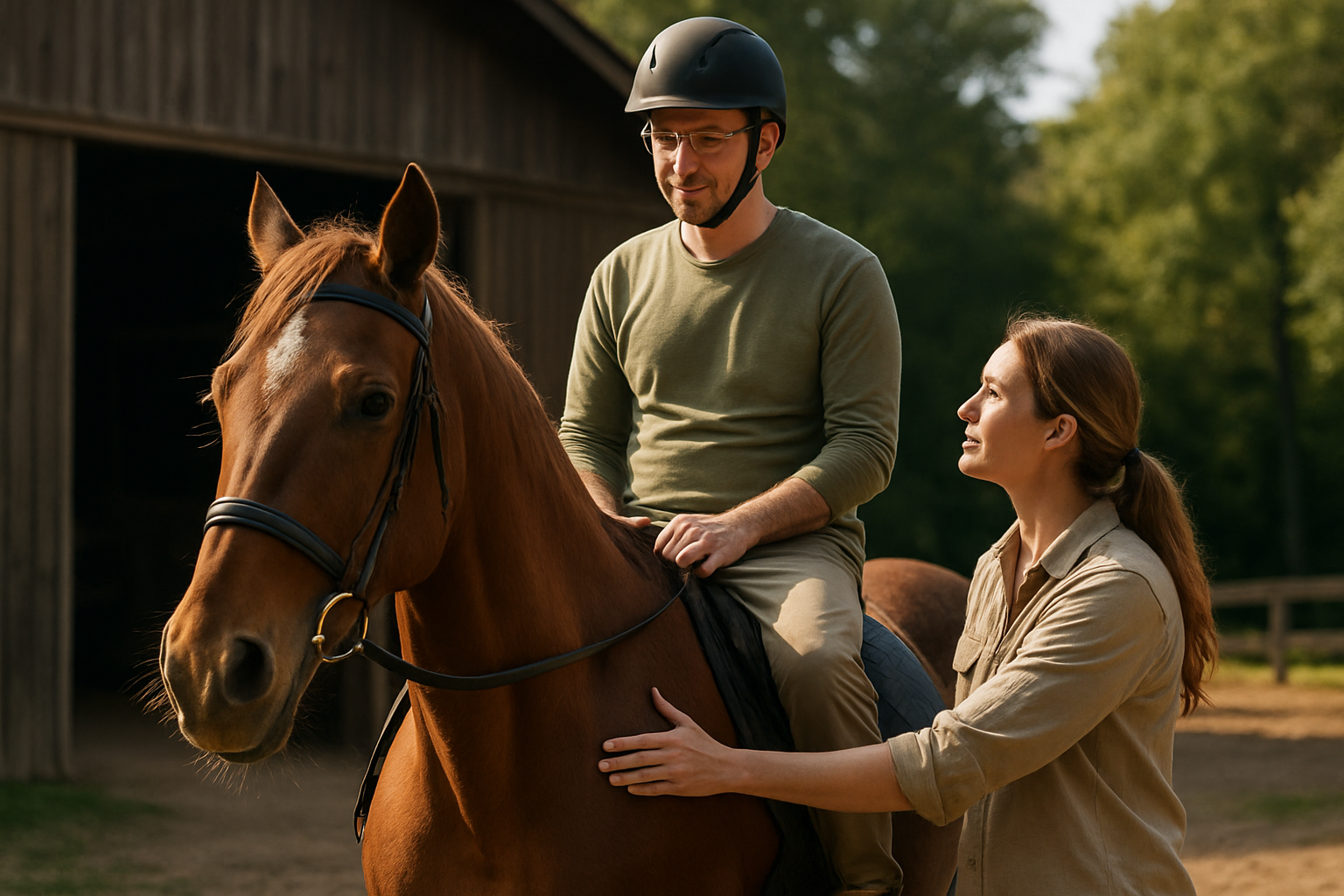Horse Riding: Basics, Safety, and Skills for New Riders
Learning to ride a horse combines physical skill, mental focus, and an understanding of animal behavior. Whether you’re starting with lessons or preparing to join a trail ride, a clear grasp of fundamentals—how horses think, basic tack, rider position, and safety—makes the experience more enjoyable and safer for both you and the animal.

Horse
A good beginning point is learning about the horse itself: anatomy, common temperaments, and social behavior. Horses are prey animals with flight instincts, so reading body language—ears, tail, and head position—helps anticipate reactions. Different breeds and individual horses vary in energy and sensitivity; matching a novice rider to a well-trained, calm horse reduces risk and builds confidence. Regular grooming and basic health checks also create trust between horse and rider.
Many facilities emphasize groundwork before mounting. Groundwork exercises teach leading, yielding to pressure, and basic voice or cue responses. Understanding feeding, hoof care, and signs of discomfort is crucial if you plan to spend regular time with horses. A rider who knows the horse’s routine and needs supports better performance and welfare.
Horseback riding
Horseback riding includes many styles—English, Western, trail riding, and more—each with distinct tack and techniques. For beginners, lessons with a qualified instructor focused on balance, rhythm, and simple cues provide a safe progression. Core skills include mounting and dismounting safely, maintaining a stable seat, using reins for steering, and practicing upward and downward transitions at walk and trot.
Safety during horseback riding also means using appropriate gear: a helmet certified for equestrian use, closed-toe boots with a heel, and comfortable clothing. Learn arena etiquette, such as right-of-way rules and how to pass other riders. Regular lessons and incremental challenges help riders develop confidence while respecting the horse’s condition.
Rider
The rider’s physical posture and mental approach shape the horse’s movement. A balanced rider keeps shoulders relaxed, heels down, and eyes forward; alignment through ear-shoulder-hip-heel helps absorb motion and communicate clear aids. Core strength, flexibility, and leg control improve stability and make cues more precise. Many riders supplement lessons with off-horse fitness like Pilates or gentle strength training to improve balance and endurance.
Equally important is the rider’s mindset: patience, consistency, and calm leadership promote better responses. Understand that progress often comes in small increments; frustration can lead to tense hands or abrupt signals that confuse the horse. A responsible rider monitors their own fatigue and avoids pushing a horse beyond its comfort or training level.
Equestrian
The term equestrian covers both recreational riding and organized disciplines, from dressage and show jumping to endurance and eventing. Each discipline emphasizes different skills: dressage focuses on precision and communication, jumping on athleticism and control, and trail riding on navigation and steadiness. If you plan to compete or join organized programs, learn the rules, tack requirements, and specific conditioning needs for that discipline.
Being part of the equestrian community also involves stable management, horse fitness planning, and understanding competition etiquette. Working with a coach or mentor helps translate lessons into measurable improvement. For safety and career progression—whether amateur or professional—ongoing education and certified instruction are widely recommended.
Saddle
The saddle is a primary interface between rider and horse; correct fit affects comfort, safety, and the horse’s movement. There are many types—close contact and dressage saddles for English disciplines, Western saddles for ranch work and trail riding, and endurance saddles for long-distance comfort. A poorly fitting saddle can cause soreness, behavioral issues, and reduced performance in the horse.
Before buying or using a saddle, have it evaluated by a knowledgeable fitter who checks clearance at the withers, balance, and pressure distribution. Riders should also learn basic saddle care—cleaning leather, checking billets and girths, and inspecting for wear. Proper girthing technique and gradual acclimation to a new saddle reduce the risk of slipping or discomfort during rides.
A responsible approach to saddle selection and maintenance promotes longevity for both tack and horse while enhancing the rider’s connection and stability.
Conclusion
Horse riding is a layered activity that blends animal care, technical skill, and ongoing learning. Focusing on horse behavior, consistent horseback riding lessons, mindful rider habits, awareness of equestrian disciplines, and proper saddle fit will help you progress safely and enjoyably. Over time, attention to these fundamentals builds trust, competence, and a rewarding partnership between rider and horse.






